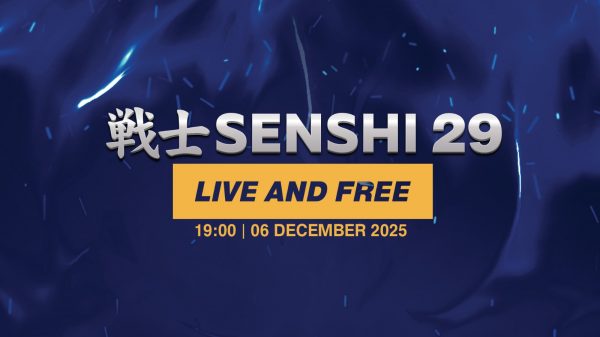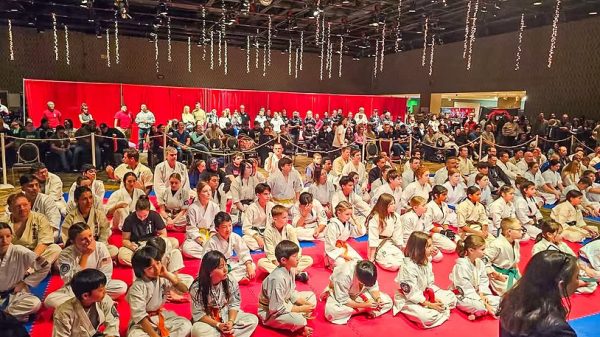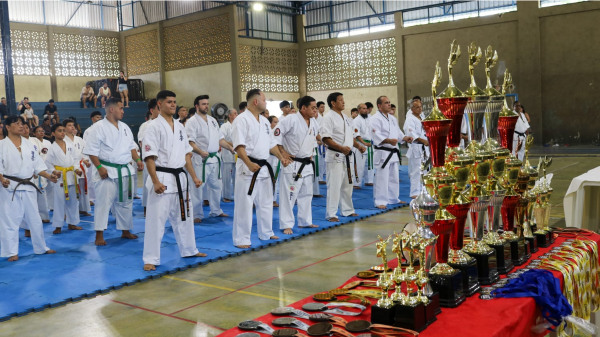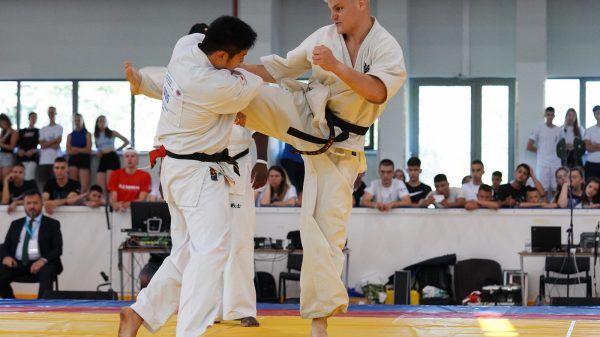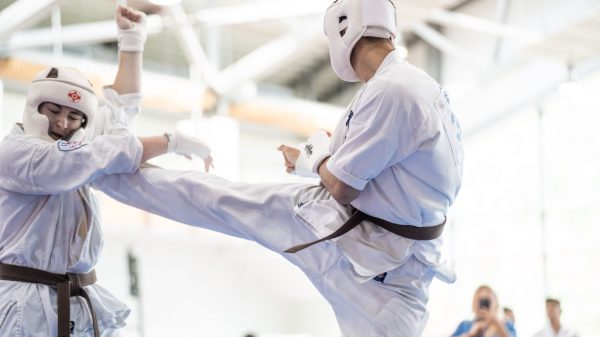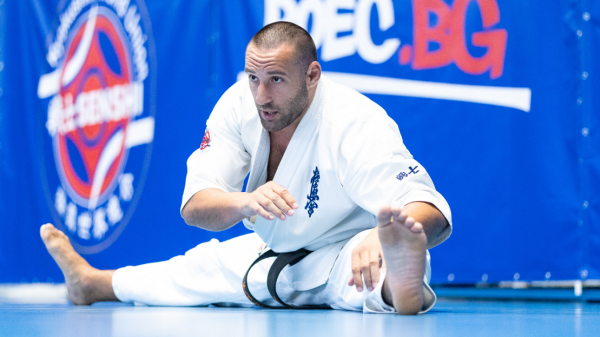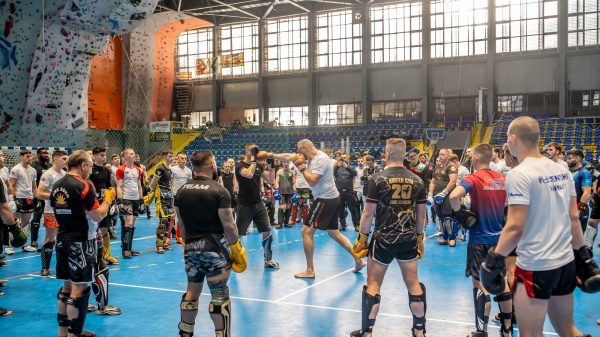Doing speed and strength training together on the same day will not optimize your speed and power and make you slower. However, there are strategic ways to combine them. But first, understand the process.
If you want to get faster, you need to reduce the weight you are moving. As resistance and force go up, speed goes down. Therefore, speed requires a reduction in resistance in order to move fast. You can simply see this by doing a 1-rep max in comparison to an 8-rep max. Just training strength and heavy all the time will slow you down. Strength training, lifting heavy is good. It has a place and time. Lifting heavy, using 5 reps, for a 4-week training cycle is a perfect start before implementing speed training because it increases the rate of force. However, there has to be a crossover, a transfer.
Strength training is required to increase the amount of force you can sustain. For example, strength training blocks are done to develop as much strength as you can before or incorporated with speed. For instance, speed training requires you to cut your max strength 30 to 70%. Let’s just use 50%, for now, to be simple for the equation. If your strength index is 50, then your speed training would be 25. Now, if your strength index increases to 80 after 4-weeks, the amount of force you can move for speed training is 40. You have to understand the trade-off if you want to develop speed. It is essential to back away from heavyweights in exchange for lighter weights to develop speed effectively.
Your technique is what is most important and should be done before your speed training or drills. Speed drills should always be done second and strength last. So, doing strength before technique and speed will diminish the result. If you do strength training before speed, you will be cheating on your speed development.
The Best Strength Training Method for Speed
In order to develop and maximize your strength and speed ability, you must optimize your potential. Slow Eccentric Training (SET) does this the best. To make a long, well not so long, but scientific story short, there are two proprioceptors that need to coordinate and synchronize force that is only accomplished through slow eccentric training. Resistance training does not really maximize strength potential and the difference in strength development is big! SET enhances strength instantly.
Mainly, SET develops the correct mechanisms for speed.
- It synchronizes proprioceptors to activate and strengthen something called, the stretch reflex, for muscles to absorb force and not dissipate it. The more force it can absorb the faster and more explosive you can be. Resistance training dissipates the force more.
- When you move fast, without proprioceptor synchronization, muscles will dissipate force. Muscles need to train to absorb force to use the stretch reflex appropriately for explosiveness and speed.
- SET prepares the stretch reflex and muscles for faster movements.
- And, it activates and recruits fast-twitch fibers needed for explosiveness and speed.
The slower the muscle stretches under a weight/load, the longer the stiffness will remain and the muscle will absorb force. The proprioceptors synchronize and coordinate when done slowly.
- Let’s use the deadlift as a practical example. When you perform a deadlift slowly, you can feel your hamstrings stiffen and stretch, through the whole eccentric lowering phase. This is the stretch reflex producing muscular stiffness, regulating and guiding your stretch right from the start because of lifting a heavyweight that adds force and tension. Also, the slower movement activates and recruits the fast-twitch fibers. When force is high, fast-twitch fibers kick on. And, that is the connection in the crossover of slow eccentric movements and speed; training and developing the stretch reflex and fast-twitch fibers to activate and absorb force. The stretch reflex strongly stiffens the muscles during the eccentric loading phase to maintain control so your muscles are not lax during the motion. Any laxity would cause strain or injury.
The faster, the more ballistic the muscle stretches, the stronger, faster, and stiffer the stretch reflex will occur. When you move fast eccentrically, you activate fast-twitch fibers as well.
- The kettlebell swing is a great example of fast/ballistic eccentric motion. Visualize the downward phase of the kettlebell swing. As the bell swings down under your hips, the motion needs to be a fast-eccentric motion to generate a high amount of force to initiate the stretch reflex. If the weight is too heavy to swing or after a few heavy swings, the proprioceptors slow down the motion to reduce tension.
Another example is the vertical jump. When you use a fast-eccentric motion into the downward squat phase of the jump, it generates a high amount of eccentric force that gets loaded into the stretch reflex. The stronger the stretch reflex reaction, the more force it is capable of generating to propel you high in your jump. The stretch reflex is also initiated to return muscles back to their original shape and position after the stretch. If it did not do this, the muscles would remain lax, hence, the importance of muscular stiffening.
The stronger your stretch reflex, the more force can be loaded or sustained, making it the best factor to develop strength and prevent injury because of its enhanced force production capability.
So, the more effective and responsive the stretch reflex, the quicker, fast, and more agile you can be.
By Jason Kelly


